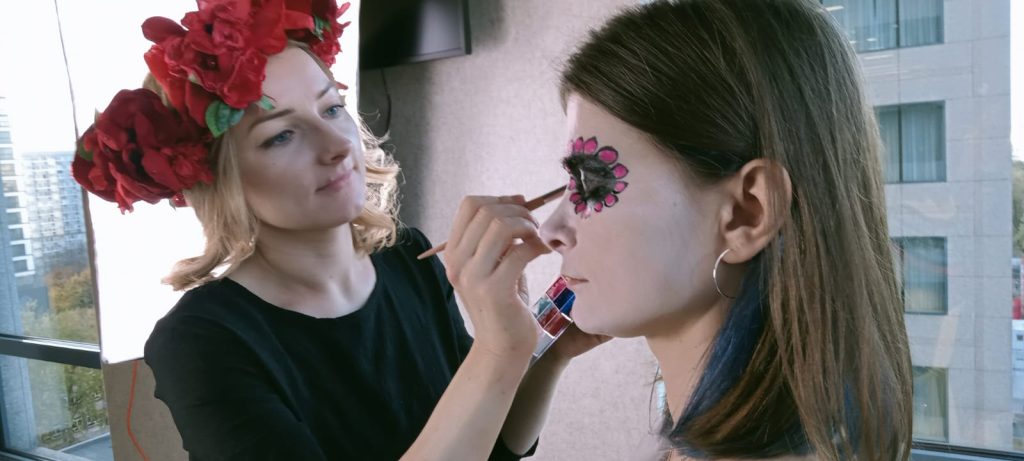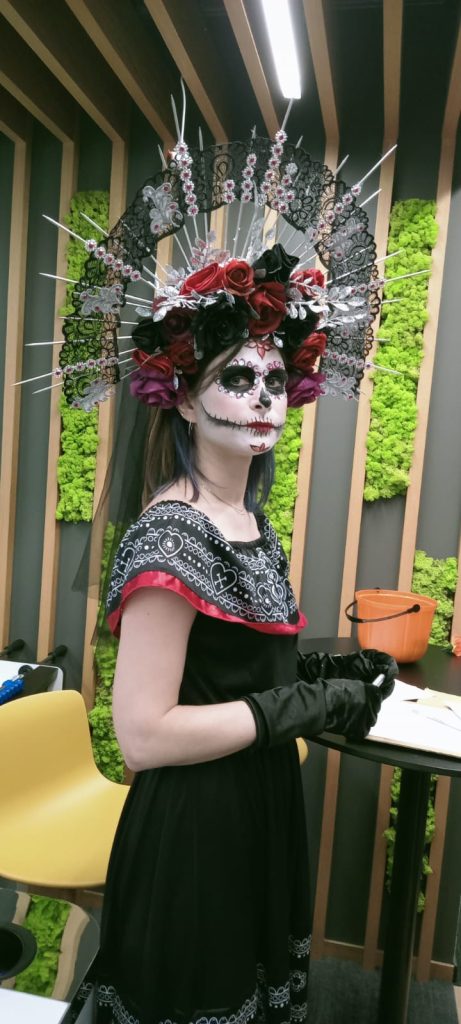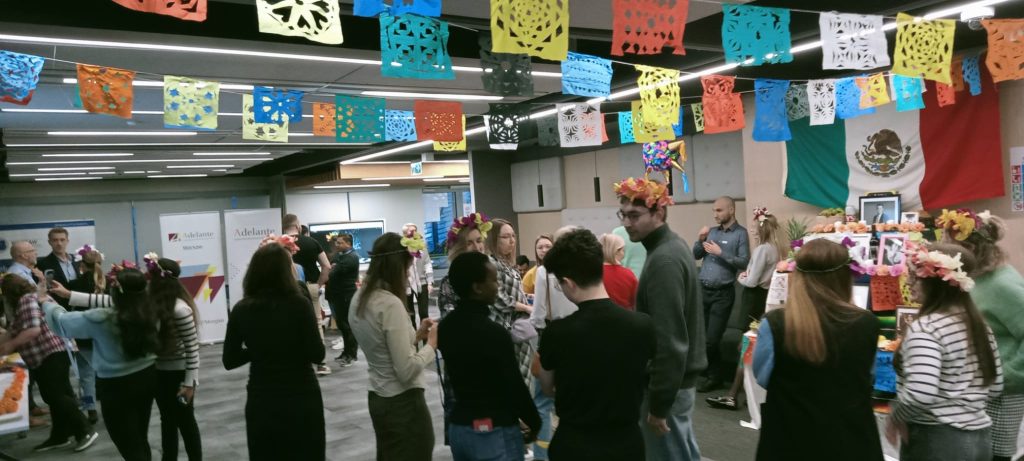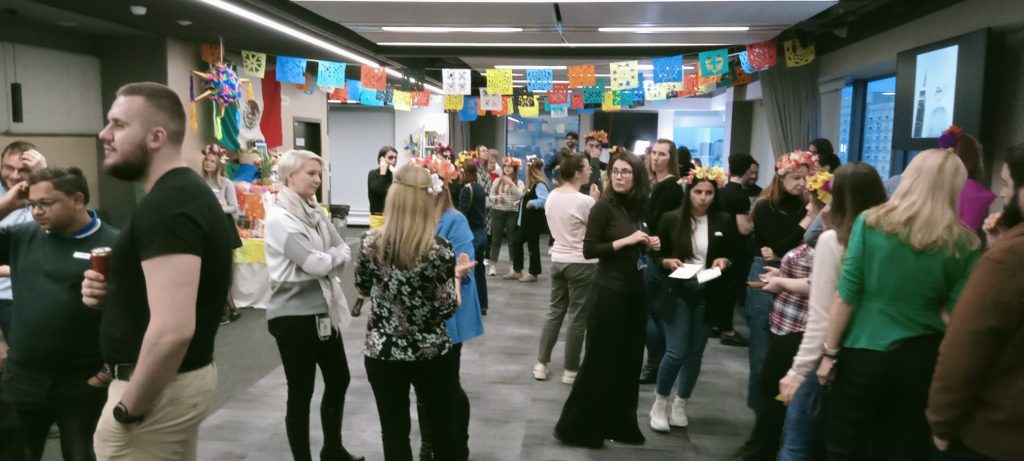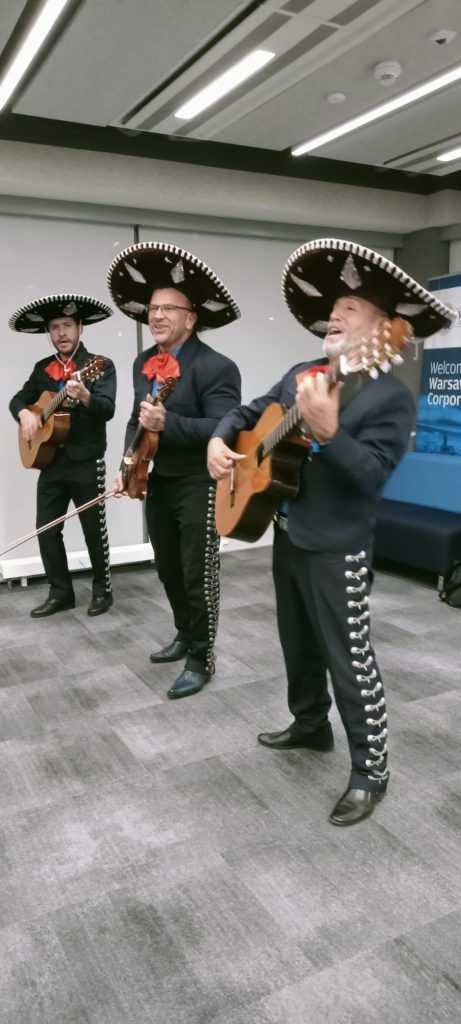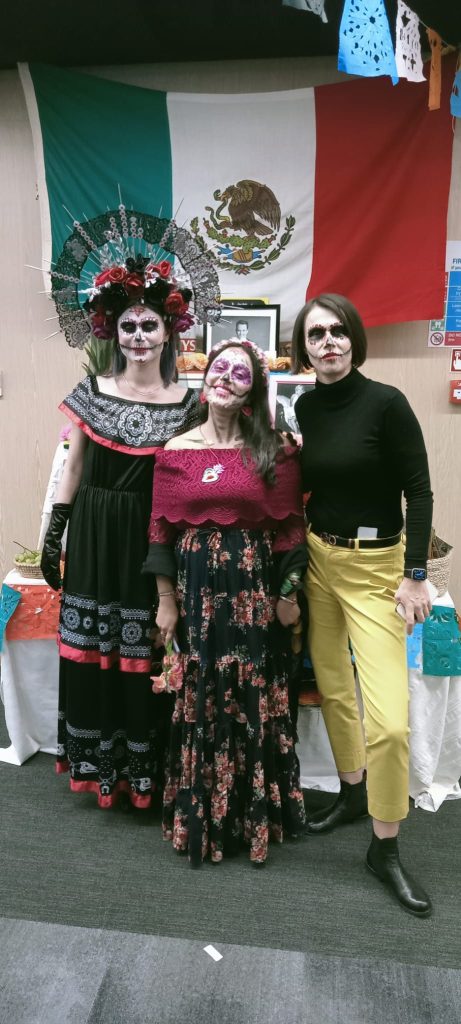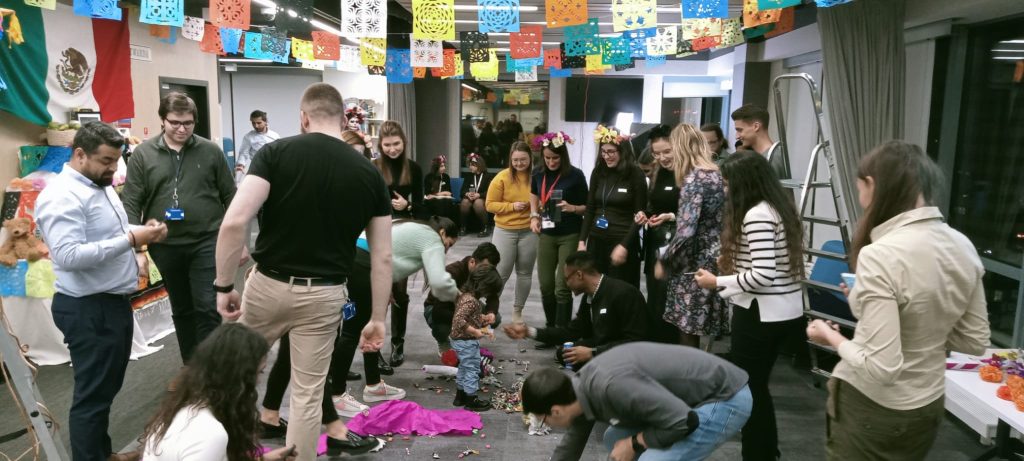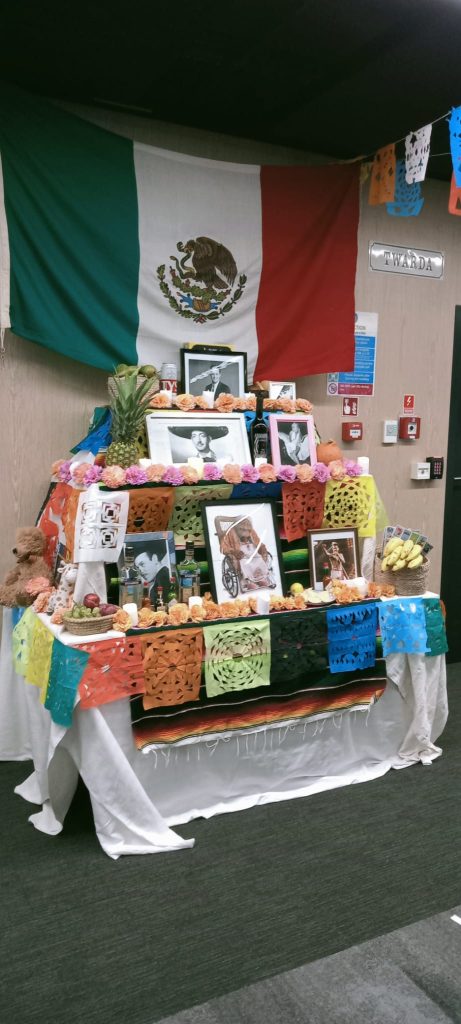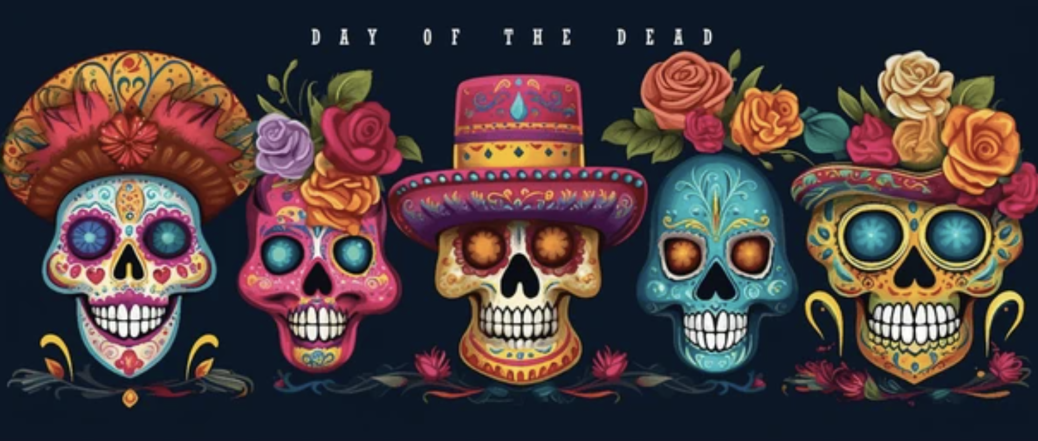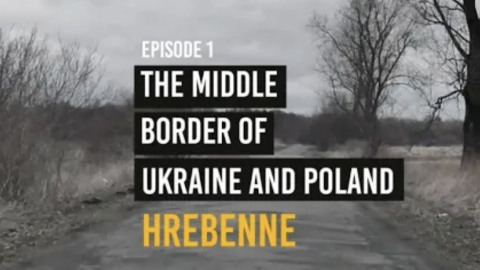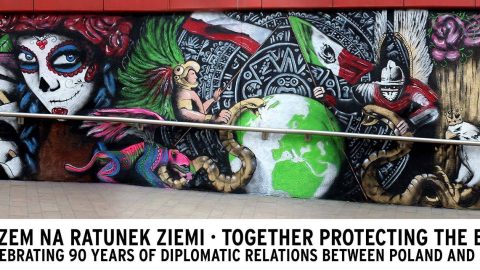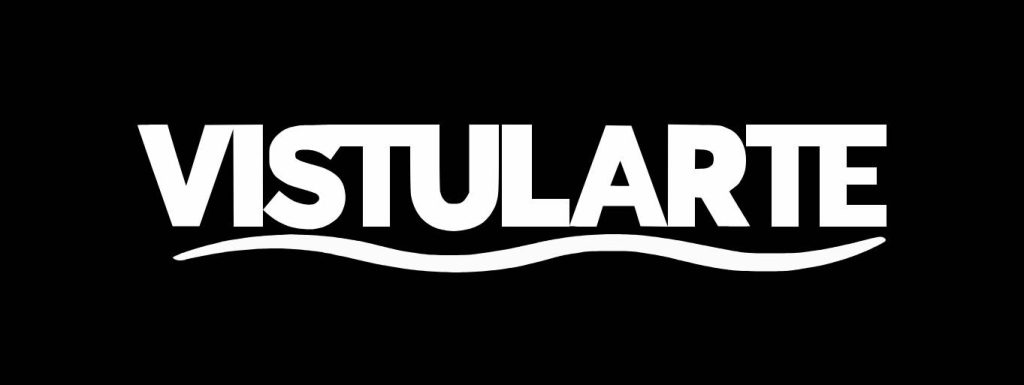Day of the Dead
Day of the Dead is a Mexican celebration held on November 1st and 2nd. This tradition has pre-Hispanic roots, especially in the Mexica, Maya, and Purépecha cultures, which honored the dead in ceremonies dedicated to their ancestors. With the arrival of the Spanish, this festivity merged with Catholic traditions of All Saints’ Day and All Souls’ Day, creating the celebration we know today.
Origins:
The origin of the Day of the Dead dates back to ancient indigenous civilizations that considered death a part of the life cycle, not the end. They believed that the deceased continued to exist in another realm and that once a year, they could return to spend time with their loved ones. These ceremonies included rituals to honor and remember the dead, offering food and symbolic objects to help them on their journey.
Festivities:
Day of the Dead festivities include a wide variety of events, the most common being:
-
Altars or offerings (ofrendas): Altars are the heart of the celebration. In homes and cemeteries, offerings are set up with photos of the deceased, candles, marigold flowers (traditional flower), “papel picado” (cut paper decorations), sugar skulls, and food that the loved ones enjoyed in life. The idea is to invite the dead to return and enjoy a night with their families.
-
Food: Traditional foods include pan de muerto (bread of the dead), tamales, mole, fruits, sugar skulls, and atole. Each of these elements has symbolic meaning on the altar.
-
Piñatas: Although piñatas are more common during Christmas festivities, in some regions of Mexico, they are incorporated into Day of the Dead celebrations, especially for children.
-
Processions and parades: In many cities, like Mexico City, spectacular parades are held where people paint their faces as “Catrinas” (elegant skull figures) and skeletons, representing death in a festive and colorful way.
-
Cemetery vigils: Families go to the cemeteries to clean and decorate the graves of their loved ones. They spend the night next to the graves, praying and sharing stories about the deceased.
Cultural significance:
Day of the Dead is not a sad celebration but rather a joyful and loving way to remember those who have passed. It is a unique blend of the indigenous view of death with elements of Catholicism, reflecting the cultural syncretism of Mexico.
Video explanation:
Many educational videos about the Day of the Dead show how to prepare an ofrenda step by step, explain the meaning of each element, and detail how families participate in the festivities. These videos include images of parades, altars, food, and traditions like making piñatas and papel picado, providing a visual explanation of the context and symbolism of this special celebration.
This celebration has been recognized by UNESCO as Intangible Cultural Heritage of Humanity since 2008 for its great cultural value and the preservation of Mexico’s ancestral traditions.
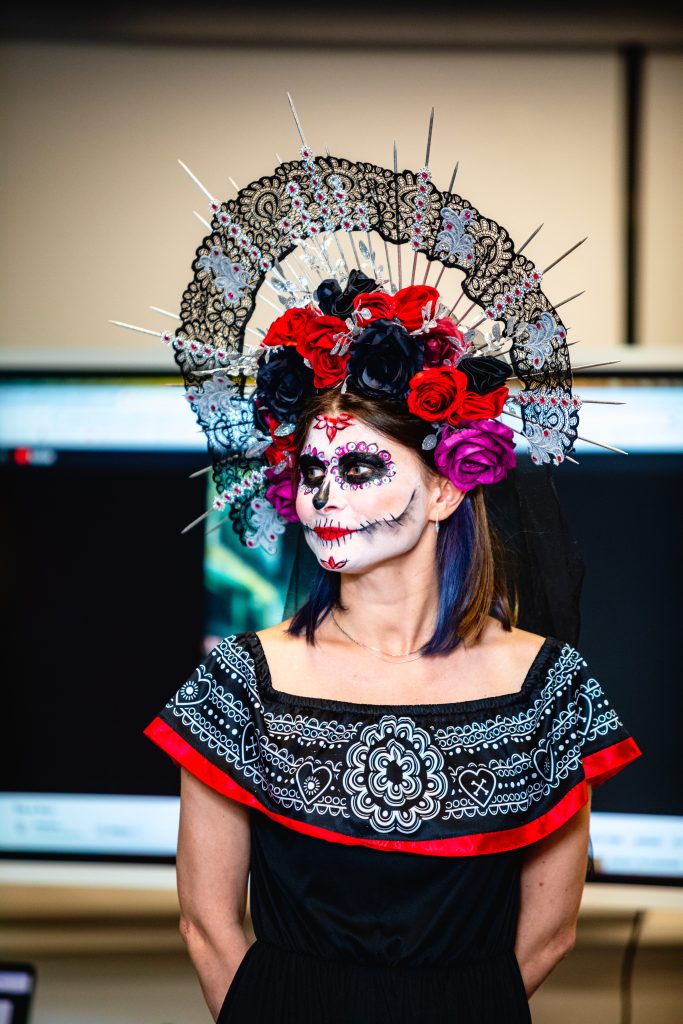


Dzień Zmarłych
Dzień Zmarłych to meksykańska uroczystość obchodzona 1 i 2 listopada. Ta tradycja ma korzenie prehiszpańskie, zwłaszcza w kulturach Meksyków, Majów i Purépecha, które czciły zmarłych podczas ceremonii dedykowanych ich przodkom. Po przybyciu Hiszpanów święto to połączyło się z katolickimi tradycjami Dnia Wszystkich Świętych i Dnia Zadusznego, tworząc obchody znane nam dzisiaj.
Pochodzenie:
Pochodzenie Dnia Zmarłych sięga starożytnych cywilizacji indiańskich, które uważały śmierć za część cyklu życia, a nie jego koniec. Wierzono, że zmarli nadal istnieją w innym wymiarze i że raz w roku mogą powrócić, aby spędzić czas ze swoimi bliskimi. Ceremonie te obejmowały rytuały mające na celu uczczenie i pamięć o zmarłych, ofiarowując im jedzenie i symboliczne przedmioty, które miały pomóc im w podróży.
Uroczystości:
Uroczystości Dnia Zmarłych obejmują różnorodne wydarzenia, z których najczęstsze to:
- Ołtarze lub ofiary (ofrendas): Ołtarze są sercem obchodów. W domach i na cmentarzach ustawia się ofiary z fotografiami zmarłych, świecami, kwiatami aksamitki (tradycyjny kwiat), papel picado (ozdobne wycinanki z papieru), cukrowymi czaszkami i jedzeniem, które zmarli lubili za życia. Celem jest zaproszenie zmarłych do powrotu i spędzenia nocy z rodzinami.
- Jedzenie: Tradycyjne potrawy to pan de muerto (chleb zmarłych), tamales, mole, owoce, cukrowe czaszki i atole. Każdy z tych elementów ma symboliczne znaczenie na ołtarzu.
- Piñaty: Chociaż piñaty są bardziej popularne podczas obchodów Bożego Narodzenia, w niektórych regionach Meksyku są one włączane do obchodów Dnia Zmarłych, zwłaszcza dla dzieci.
- Procesje i parady: W wielu miastach, jak Meksyk, odbywają się spektakularne parady, podczas których ludzie malują twarze na wzór “Catrinas” (eleganckie czaszki) i szkieletów, symbolizując śmierć w radosny i kolorowy sposób.
- Wigilia na cmentarzach: Rodziny odwiedzają cmentarze, aby sprzątać i dekorować groby swoich bliskich. Spędzają noc obok grobów, modląc się i opowiadając historie o zmarłych.
Znaczenie kulturowe:
Dzień Zmarłych nie jest smutnym świętem, ale raczej radosnym i pełnym miłości sposobem na upamiętnienie tych, którzy odeszli. Jest to wyjątkowa mieszanka indiańskiego postrzegania śmierci z elementami katolicyzmu, odzwierciedlająca kulturowy synkretyzm Meksyku.
Wyjaśnienie wideo:
Wiele filmów edukacyjnych o Dniu Zmarłych pokazuje, jak krok po kroku przygotować ofrenda, wyjaśnia znaczenie każdego elementu i szczegółowo opisuje, jak rodziny biorą udział w uroczystościach. Filmy te zawierają obrazy z parad, ołtarzy, jedzenia i tradycji, takich jak tworzenie piñat i papel picado, oferując wizualne wyjaśnienie kontekstu i symboliki tego wyjątkowego święta.
Od 2008 roku to święto jest uznawane przez UNESCO za niematerialne dziedzictwo kulturowe ludzkości ze względu na jego ogromną wartość kulturową i zachowanie tradycji przodków Meksyku.
